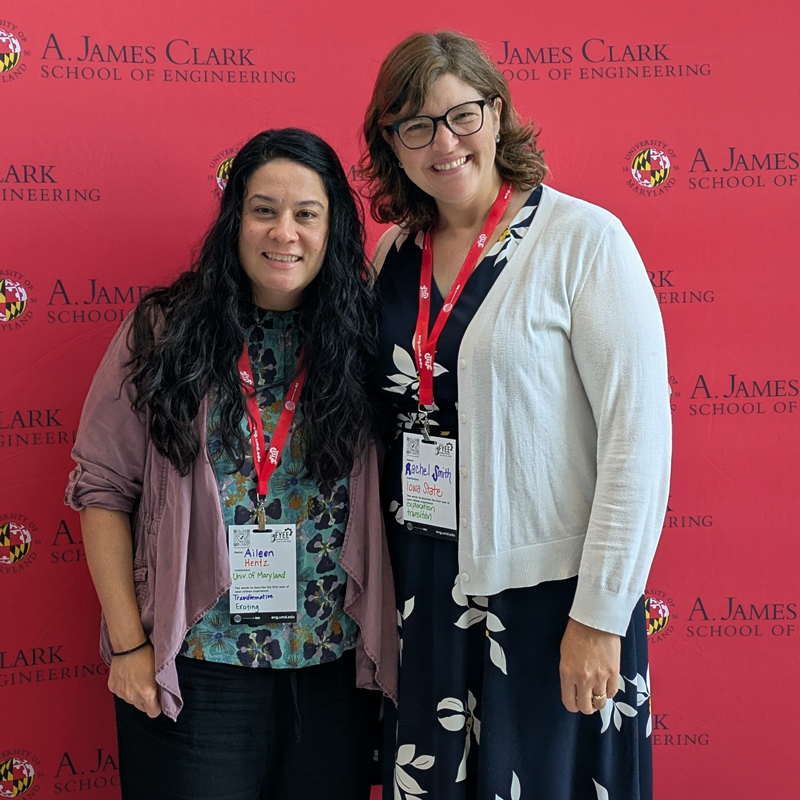News Story
Flatau is PI for NSF EAGER grant for glaucoma research
ISR-affiliated Professor Alison Flatau (AE) is the principal investigator on a two-year, $180K NSF EAGER grant, The Sleep Environment as a Risk Factor for Eye Pressure Elevation.The research will obtain the preliminary data needed to establish that a correlation exists between the physical environment in contact with eyes during non-supine sleep and sustained periods of elevated intraocular pressure (IOP) during non-supine sleep. The hypothesis to be tested by this research is that a traditional sleep environment, i.e. resting on a conventional mattress and pillow, places the eyes of non-supine sleepers in a physical environment that leads to an elevation in IOP. To test this hypothesis, study subjects, half with healthy eyes and half with asymmetric glaucoma damage, will be fitted with two Sensimed Triggerfish® wireless, contact-lens-based strain sensors (one in each eye). These sensors will be used to record changes in IOP throughout the night. The studies will be conducted at the Johns Hopkins Sleep Center to simultaneously record video of sleep positions. IOP and position data will be used to correlate eye contact with the physical environment to changes in IOP as well as to establish potential differences in the sensitivity of subjects with and without glaucoma to variations in physical environment properties.
The researcher hopes to advance the understanding of a here-to-fore overlooked factor that contributes to the elevation of IOP. The significance of is that IOP elevation is primary risk factor associated with eye damage and vision loss in individuals with glaucoma. (Glaucoma is the second leading cause of blindness worldwide and affects an estimated 60 million people globally at this time; a number is expected to increase to 80 million by 2020) Understanding that the sleep environment contributes to the primary risk factor for disease progression will lead to developing strategies to fix or alter the environment.
The ability to obtain preliminary result to address this research is greatly facilitated by of the advent in 2011 of Sensimed's Triggerfish® wireless contact-lens-based strain sensors.
If the research hypothesis is demonstrated to be correct, the broader impact of the research on those with glaucoma-related visual impairment will be transformational. The impact on altering conventional wisdom, which completely neglects sleep environment as a risk factor for those with glaucoma, will be immediate. Further research will be necessary to address how to most effectively alter sleep environments to mitigate IOP elevation. The research will provide the preliminary results needed to raise awareness of that sleep environment can pose a significant risk for glaucoma patients who are non-supine sleepers, and that modifications to a sleep environment can be used to slow the progressive loss to field of vision experienced by these individuals.
Published July 15, 2013












